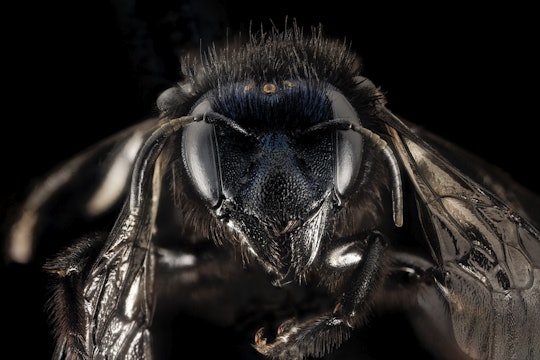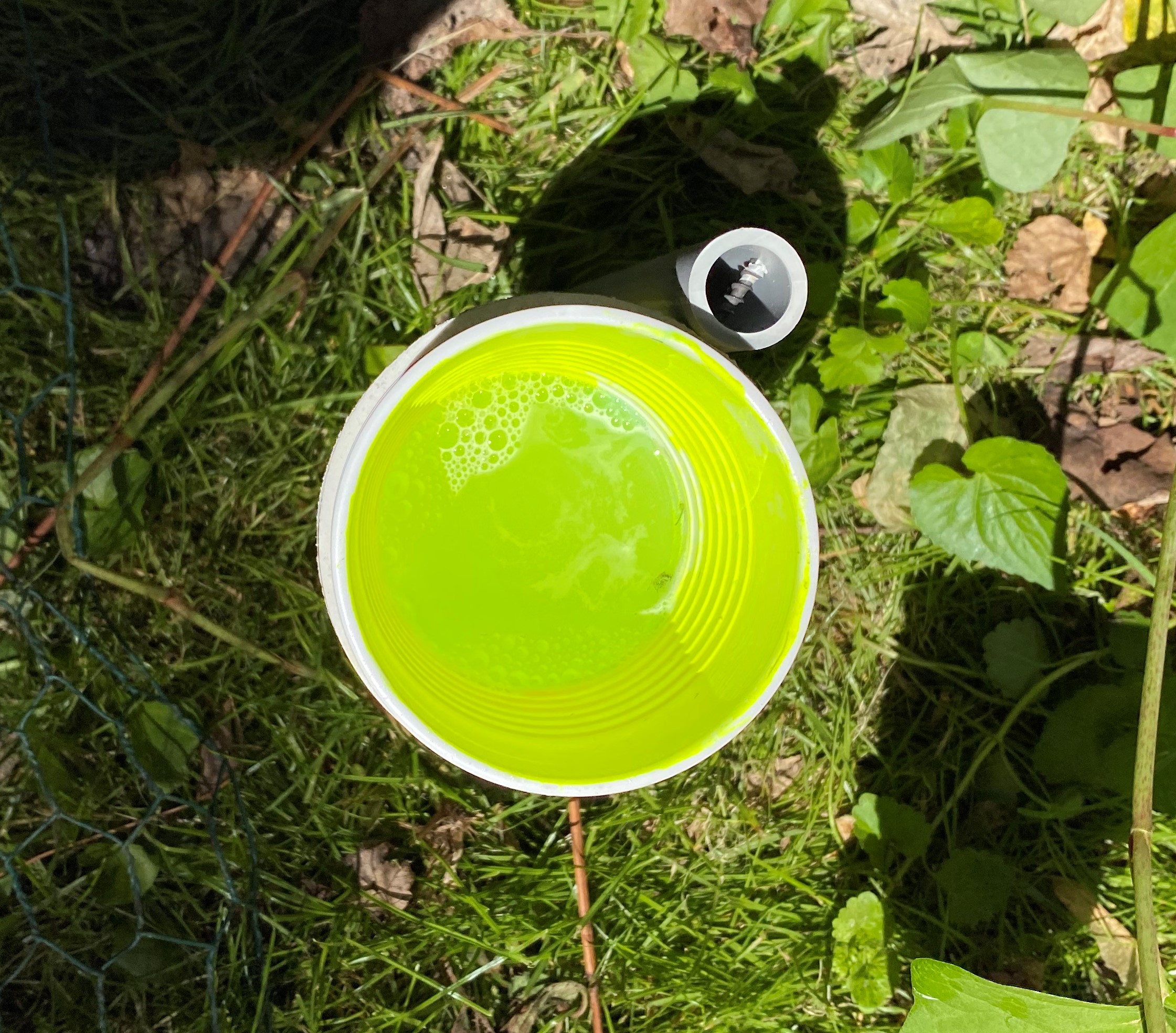
USGS Bee Inventory and Monitoring Lab on Flickr
Backyard data in six US states shows that native mason bees are declining
For 13 years, volunteers across the mid-Atlantic region helped scientists track mason bees
The decline of North American bee populations has been a hot topic in recent years. Calls to “save the bees” have people buzzing about pesticides and habitat loss. But why the bees need saving in the first place is a complicated question. And to understand why bees are struggling, we first have to know which bees are doing poorly and which aren’t — which is where Kathryn LeCroy, a PhD student at the University of Virginia, comes in.
In a recent study published in Scientific Reports, LeCroy and her colleagues tracked the populations of mason bees using data collected in Delaware, Maryland, Virginia, West Virginia, and Washington, D.C. over 13 years. They found that six species of native mason bees, in the genus Osmia, steadily decreased in population year after year.
At the same time, the scientists studied two related species that made their way from Asia to North America in the 20th century. The horned-face bee, which was brought to the United States to pollinate fruit crops, stayed at a constant population over time. But the population of Osmia taurus, a non-native species that was accidentally introduced to the U.S., has grown by an average of 17% each year of the study — an 800% increase in total abundance.
While this study didn’t answer the question of “why” native species are declining, researchers are investigating possible causes. According to LeCroy, non-native bees may play a part in their native cousins’ downfall. This could be because they compete for the same resources, like food and shelter. Or, the exotic bees may carry novel diseases with them that harm the native species. And when native bees are in trouble, whole ecosystems — and human systems — suffer along with them.
Although farmers often rely on introduced species like European honeybees for commercial pollination, native pollinators like mason bees are naturally suited to the job. “Mason bees are great sources of pollination for tree crops, including almonds, in the United States,” says LeCroy. Their presence can even make honeybees more effective at pollinating.
In addition to their agriculture day jobs, mason bees are important pollinators in natural systems, too. In the mid-Atlantic region, “they are responsible for a wide variety of early springtime pollination, especially in our early-flowering spring trees...like eastern redbud," says LeCroy. And without their services, plants that rely on native bee pollination could be impacted, triggering ripple effects throughout the ecosystem.
Unlike honeybees, mason bees — and most bees around the world — are solitary, not social. These crafty pollinators get their name from female mason bees building partitions in holes – in trees, between stones, in twigs, anywhere else – they find to create an individual compartment for each of their eggs.
“In a mason bee home, every sibling gets its own room,” says LeCroy.

A close-up of a "bee bowl," used to collect bees in the field
Kathryn LeCroy
To track the bees’ populations over time and space, LeCroy and her collaborators sifted through three sets of data collected by a wide range of research groups and volunteers over the years. To make sure their comparisons were fair, they filtered the data and excluded what didn’t fit their criteria. For example, any sampling events that took place in bad weather were not counted, LeCroy explained, because poor flight conditions for bees meant their samples on those days might not be accurate.
LeCroy and her collaborators applied other criteria to standardize the bee data. They caught the bees with a technique called pan-trapping, relying on them to fly into colorful bowls full of liquid. Collection events that include blue, yellow, and white bowls attract the greatest variety of bees, so samples that were collected using only one or two of those colors were excluded from the final analysis.
The most recent data included in the study was collected in 2017. This effort took LeCroy driving all over the state of Virginia to hand-deliver sampling materials to dozens of volunteers. In exchange for the volunteers’ help, she keeps them informed about the experiment’s findings.
“When I invited them to join the project, I said, ‘I’m going to share my data back with you. I’m not just going to leave it for you to go Google and find in a journal that you can’t even access for free,’” she explains.
With pan traps placed in their backyards to capture the bees living in their neighborhoods, volunteers scooped out the insects every week and stored them in a freezer until LeCroy could come back to pick up the samples. Then, she cleaned, identified, and recorded them.
“I may identify the bees on their property, but also, I learn from them what’s so important to the land they live on,” LeCroy says. “It was the most fulfilling scientific experience I’ve ever had.”
One sampling location, in a rural part of Virginia, was especially significant—the last time a mason bee had been recorded in that county was 1924.
Aside from participating in a scientific study like this one, how else can everyday people help save the bees?
Ultimately, LeCroy says, the most impactful thing anyone can do for bees is advocate for planting pollinator-friendly native plants, whether in their own backyards, schools, parks, or other public spaces.
“At the local scale, it’s important to support your pollinator community.”


I particularly like that you laid out the research goals in the beginning, “to understand why bees are struggling, we first have to know which bees are doing poorly and which aren’t”. Given the recent bee coverage in the national media, many people know bees are declining – but what kind, how many, and why?
I also found the description of fieldwork really interesting, especially the “backyard” element. I’d be curious to know about more solutions or steps to address the problem beyond pollinator gardens. I feel like I’ve heard this conclusion many times before, but I’d be interested in learning about more direct or indirect bee conservation/protection measures.